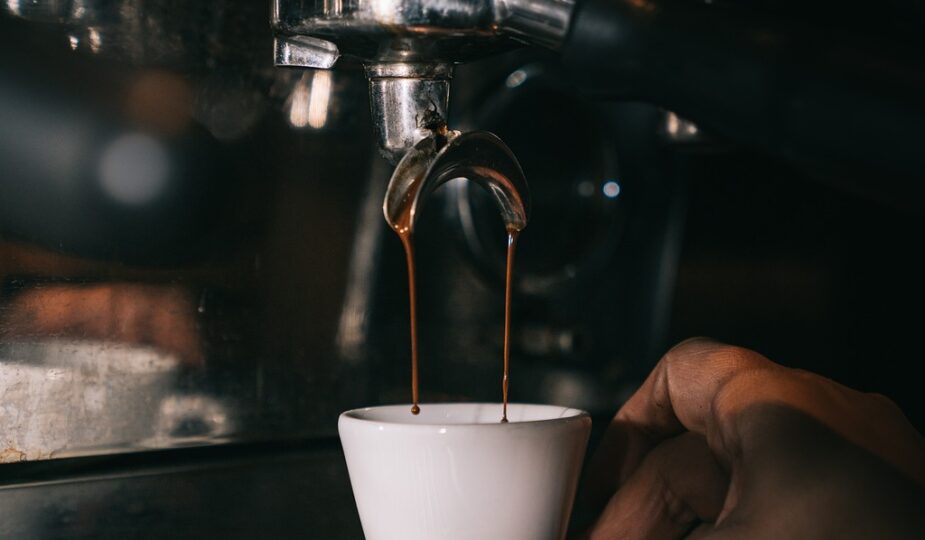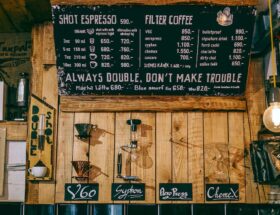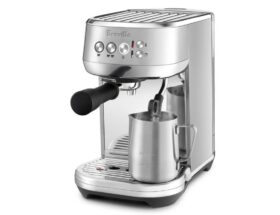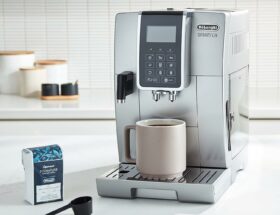
Key Factors that Define a Good Espresso
When it comes to enjoying a delicious cup of espresso, the quality of the coffee beans used plays a significant role in determining the overall flavor and aroma. The perfect espresso is a harmonious blend of intensity, body, and richness. To achieve this, several factors need to be considered, from choosing the right beans to mastering the brewing process.
In this blog post, we will explore the key factors that define a good espresso-at-home”>espresso. Whether you are a coffee connoisseur or an occasional coffee drinker, gaining an understanding of these factors will help you appreciate and savor the rich flavors of a perfectly brewed espresso.
Table of Contents
Key Factors to a Good Espresso
When it comes to coffee, there are few beverages as beloved and revered as a well-brewed espresso. From its rich aroma to its intense flavor, a good espresso is a true indulgence for coffee enthusiasts. However, achieving the perfect espresso requires attention to detail and an understanding of the factors that contribute to its quality. In this blog post, we delve into the crucial factors that define a good espresso, from the quality of the beans to the brewing process. Whether you’re a coffee aficionado or a curious beginner, this post will provide you with valuable insights to help you make the perfect cup of espresso.
1. Quality of Espresso Beans
One of the main influencers of espresso flavor is the quality of the beans used. Remember that fresh and high-quality coffee beans will always produce a better-tasting espresso. Look for beans that are roasted to perfection, as the roast level directly impacts the flavor. Moreover, consider purchasing whole beans instead of pre-ground ones, as grinding them just before brewing helps preserve their aroma and taste.
2. Factors Affecting Espresso Flavor
Multiple factors can affect the flavor of your espresso. The grind size is crucial, as it determines how quickly the water passes through the coffee grounds. A fine grind is generally recommended for espresso, as it allows for optimal extraction. Another important factor is water temperature – aim for a temperature between 195°F and 205°F (90°C to 96°C) for the best results. Additionally, the water quality can impact the espresso’s taste, so using filtered water is advisable.
Furthermore, extraction time plays a vital role in the espresso’s flavor profile. The ideal extraction time should range between 25 and 30 seconds, as anything shorter or longer can result in over or under-extraction, affecting the taste.
3. Brewing the Perfect Espresso
Now that we’ve covered the factors that contribute to espresso flavor, let’s dive into the brewing process. Start by preheating your espresso machine and espresso cup. This helps maintain the optimal temperature throughout the brewing process. Next, measure the correct amount of coffee grounds and distribute them evenly in the portafilter. Tamp the grounds down firmly and ensure an even tamp to promote consistent extraction.
Elevate your espresso game by prioritizing the freshness and quality of your coffee beans. Opt for freshly roasted whole beans, grind them just before brewing, and pay attention to the roast level.
Once you’ve prepared the coffee grounds, attach the portafilter to the espresso machine. Position the cup or shot glass underneath the spout and start the brewing process. Keep an eye on the extraction time, adjusting the grind size or amount of coffee if necessary. The perfect espresso shot should have a significant golden-brown crema on top, indicative of a well-extracted espresso.
4. Enhancing Espresso Flavor
To take your espresso flavor to the next level, consider implementing a few extra techniques. Firstly, experiment with different coffee bean varieties to discover your preference and expand your palate. Additionally, adjusting the grind size and extraction time can profoundly impact flavor. Don’t be afraid to tweak these variables until you find the sweet spot. Finally, frothing milk and adding it to your espresso can create a decadent and delicious beverage. Mastering latte art or creating your own signature drink can elevate your espresso experience.
Did you know that espresso is not a type of coffee bean, but rather a method of brewing coffee? It is made by forcing a small amount of near-boiling water through finely ground coffee beans. This concentrated and bold brew is loved by coffee enthusiasts all over the world.
Now that you have a comprehensive understanding of the key factors in brewing a good espresso, it’s time to put your knowledge to the test. Remember that making the perfect espresso takes practice and experimentation. With time, patience, and the right techniques, you’ll be able to enjoy a truly exceptional cup of espresso right in the comfort of your own home. So go ahead, grab your favorite beans and start brewing your way to espresso perfection!
Step by Step Guide: Brewing the Perfect Espresso
Step 1: Start with Quality Beans
Using high-quality beans is essential to brewing a good espresso. Look for beans that are freshly roasted and have a rich aroma. Avoid pre-ground coffee as it tends to lose flavor quickly.
Suggested tip: Purchase whole beans and grind them yourself just before brewing to maintain the freshness and flavor of the espresso.
Step 2: Grind the Beans Properly
The grind size of the coffee beans plays a crucial role in espresso flavor. For espresso, you need a fine grind to ensure proper extraction.
Invest in a quality burr grinder to achieve a consistent grind size. Start with a medium-fine setting and adjust based on taste.
Step 3: Measure the Right Amount
Consistency is key when brewing espresso, so it’s essential to measure the correct amount of coffee grounds and water.
Use a digital scale to measure the coffee grams accurately, maintaining a ratio of 1:2 (coffee to water) for a balanced flavor.
Step 4: Preheat Your Espresso Machine
Before brewing, make sure your espresso machine is properly preheated to ensure optimal extraction and temperature stability.
Run a small amount of hot water through the machine before brewing to warm up all the components.
Step 5: Tamp and Brew
Tamping is the process of evenly compressing the coffee grounds in the portafilter. Proper tamping ensures a consistent extraction and prevents channeling.
Apply firm but not excessive pressure while tamping. Aim for a level and flat surface.
Once tamped, insert the portafilter into the espresso machine and start the brewing process.
Step 6: Pay Attention to Extraction Time
Extraction time determines the strength and flavor of your espresso. The ideal extraction time should be around 25-30 seconds.
Adjust the grind size if the extraction time is too short or too long. Aim for a slow, steady flow of espresso with a rich crema on top.
Step 7: Clean and Maintain Your Equipment
To keep your espresso tasting great, it’s important to regularly clean and maintain your coffee equipment.
Clean the portafilter, group head, and steam wand after each use. Descale your machine regularly to prevent any build-up of coffee residue.
Step 8: Experiment and Enhance the Flavor
Once you have mastered the basics, it’s time to explore different techniques and flavors to enhance your espresso experience.
Try adjusting the brew time, experimenting with different coffee origins, or adding a touch of flavored syrup or spices to create your unique espresso blends.
With these step-by-step instructions and helpful tips, you now have the knowledge and tools to brew the perfect espresso. Remember, practice makes perfect, so keep refining your technique and taste preferences to enjoy a truly exceptional cup of espresso every time.
Wrap Up
In conclusion, a good espresso is the result of several key factors coming together harmoniously. The quality of the beans, the grind, the water temperature, and the brewing time all play a crucial role in determining the flavor and aroma of your espresso. By understanding these factors and implementing the right techniques, you can brew a perfect espresso every time.
Remember, experimenting and finding the brewing method that suits your taste preferences is part of the fun. Don’t be afraid to adjust the variables and try different beans to discover your personal favorite.
We hope you found this guide helpful in understanding the essential elements of a well-brewed espresso. If you have any questions or additional tips to add, feel free to leave a comment below. And don’t forget to check out our other coffee-related articles and guides on Ten Coffees for more expert tips and recommendations!
Related Articles:
- How to Make Vietnamese Coffee: The Strong, Bold Coffee
- How to Hario V60: The Ultimate Guide to Making Perfect Coffee
- How to Aeropress: The Ultimate Guide to Making Amazing Coffee at Home
- How to Turkish Coffee: An Invigorating Coffee Experience
- How to Drip Coffee: The Best Way to Start Your Day
Stay caffeinated and enjoy your perfectly brewed espresso!









